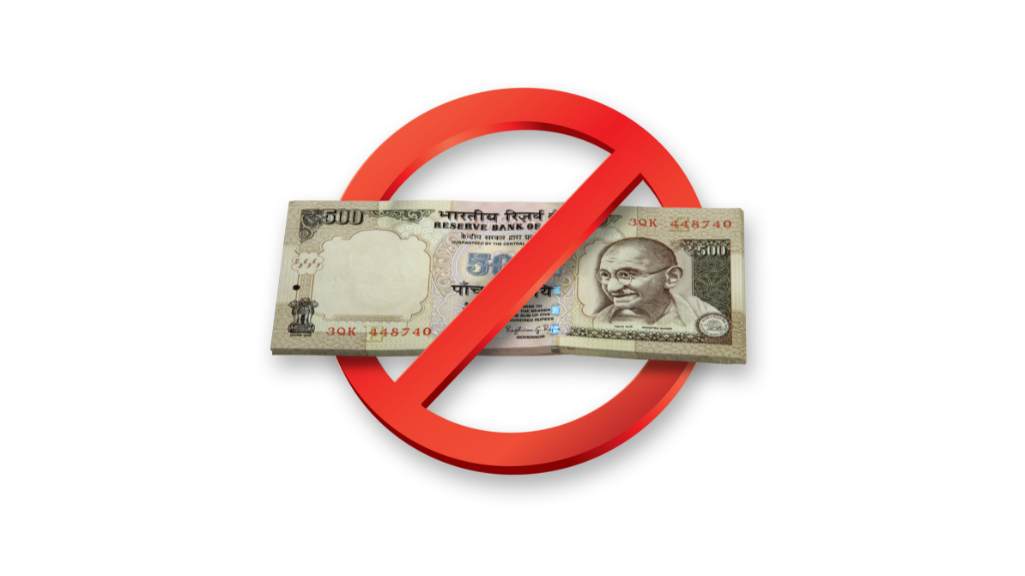Demonetization: Unveiling India's Bold Economic Move
James Bond
. 3 min read
Demonetization is a radical economic policy that involves stripping the status of legal tender from a specific currency unit, rendering it no longer valid for use as a medium of exchange. One of the most notable instances of demonetization occurred in India in November 2016, when the government announced the sudden withdrawal of high-value currency notes, namely the 500 and 1,000 Indian rupee notes. This move, aimed at curbing corruption, counterfeit currency, and black money, had far-reaching implications for the Indian economy and its citizens. Additionally, it sparked widespread discussions and debates, prompting many individuals to turn to cam chat platforms to engage in conversations about the impacts and outcomes of demonetization.

Reasons and Objectives
The primary objectives of demonetization in India were to combat corruption, unearth black money, promote digital transactions, and curb the circulation of counterfeit currency. Black money refers to undisclosed income that has been illegally acquired or is not declared for tax purposes. By withdrawing high-value currency notes from circulation, the government sought to eliminate the anonymity associated with cash transactions, encouraging a shift towards a more transparent and accountable economy.
Impact on the Economy
- Disruption in Cash Transactions: Demonetization resulted in an immediate cash crunch, as the 500 and 1,000 rupee notes constituted a significant portion of the currency in circulation. The sudden withdrawal of these notes led to long queues outside banks and ATMs, as people rushed to exchange their old currency for new denominations. Small businesses and daily wage laborers, who heavily relied on cash transactions, were particularly affected by the shortage of currency.
- Boost to Digital Payments: One of the intended outcomes of demonetization was to promote digital transactions. The sudden scarcity of cash forced many individuals and businesses to explore alternative payment methods such as mobile wallets, online banking, and payment apps. This shift towards digital payments provided a significant impetus to India's digital economy, fostering greater financial inclusion and transparency.
- Impact on Black Money: The withdrawal of high-value currency notes aimed to unearth black money, both within India and stashed abroad. The government provided a limited window for individuals to deposit their old currency in banks and declared stricter measures to identify and penalize tax evaders. While the exact impact on unearthing black money is still a subject of debate, demonetization did contribute to a greater focus on tax compliance and increased scrutiny of financial transactions.
- Disruption in the Informal Sector: The informal sector, which heavily relied on cash transactions, experienced a significant disruption. Small businesses, agricultural activities, and daily wage laborers faced immediate challenges as the availability of cash declined. The impact was more pronounced in rural areas, where access to banking facilities was limited.
Criticism and Challenges
Demonetization in India was met with mixed reactions. While some hailed it as a bold step towards combating corruption and black money, others criticized the sudden implementation and the hardships faced by ordinary citizens. The challenges and criticisms included:
- Short-term Economic Slowdown: The immediate cash shortage and disruption in economic activities led to a slowdown in various sectors, particularly small businesses and informal industries. The reduced purchasing power of individuals and the dip in consumption had short-term adverse effects on economic growth.
- Inconvenience to Citizens: The sudden withdrawal of high-value currency notes caused inconvenience and hardship to many citizens, especially those without access to banking facilities or digital payment infrastructure. The long queues at banks and ATMs, coupled with initial confusion regarding currency exchange procedures, created widespread frustration.
- Limited Impact on Black Money: Critics argued that demonetization failed to achieve its primary objective of unearthing substantial amounts of black money. While some illicit funds were identified and penalized, the overall impact on curbing black money was questioned.
Conclusion
Demonetization in India was a significant economic move aimed at combating corruption, curbing black money, and promoting digital transactions. It triggered both short-term disruptions and long-term transformations in the economy. Despite the challenges and criticism it faced, demonetization played a role in raising awareness about tax compliance and promoting a more digitized and transparent financial ecosystem. The long-term effects and overall success of the policy continue to be debated, making demonetization a topic of significant interest in the economic and political landscape of India.

